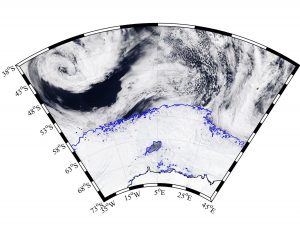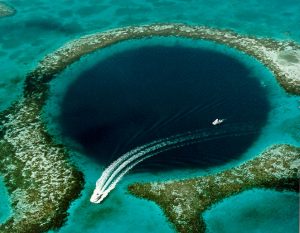Rogue waves, not to be confused with tsunamis, meteotsunamis, or tidal waves, are “unpredictable and suddenly appearing surface waves that can be extremely dangerous.” These waves occur in open water, not close to shore, and can be more than double the height of prevailing waves in the vicinity.

Scientists recently confirmed the largest rogue wave ever detected — in relative terms, at least — not far from Vancouver Island. There, a lone sensor buoy recorded a monstrous 58-foot wave, nearly three times larger than prevailing waves. From Smithsonian Magazine:
A wave the height of a four-story building was recorded off the coast of Vancouver Island, and scientists say it’s “the most extreme rogue wave ever recorded.” The 58-foot-tall giant, which appeared off the coast of Ucluelet, British Columbia, on November 17, 2020, is described in [a February 2022 article in] the journal Scientific Reports.
“Only a few rogue waves in high sea states have been observed directly, and nothing of this magnitude,” lead author Johannes Gemmrich, an oceanographer at the University of Victoria in British Columbia, says in the statement. “The probability of such an event occurring is once in 1,300 years.”
Interestingly, rogue waves were long thought to be the stuff of seafaring superstition — tall tales spun by generations of sailors, but without a basis in modern science. Much like giant squids, however, myth turned out to be reality: in 1995, a laser rangefinder aboard a North Sea oil platform detected an 84-foot rogue wave, double the significant wave height in the area. Scientists have taken the phenomenon seriously since.


